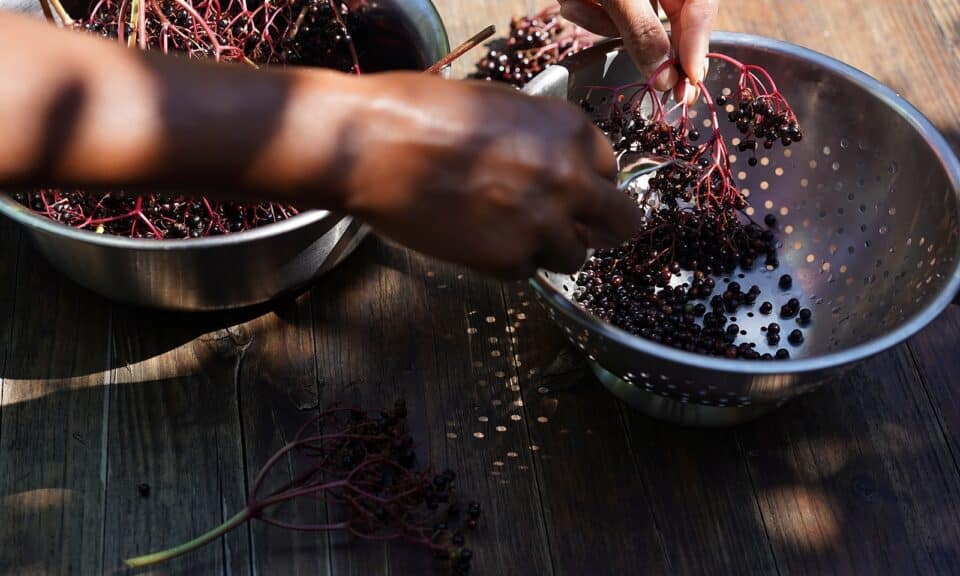This feature is brought to you by Chester County Hospital, which offers so much more than medical services and treatments. Explore its extensive community wellness and education resources, such as screenings, educational classes, Weight Matters, an eight-week weight loss program, nutrition counseling and more.
With such a plethora of leafy and hearty greens at the market you might wonder: Which greens are best for which dishes, and how should they be cooked? Even savvy home cooks can be turned off from some greens if the cooking technique is incorrect, resulting in soggy, overly-charred or flavorless greens. However, cooked properly, greens can sing with flavor, bringing freshness, depth and a huge dose of nutrition to your plate.
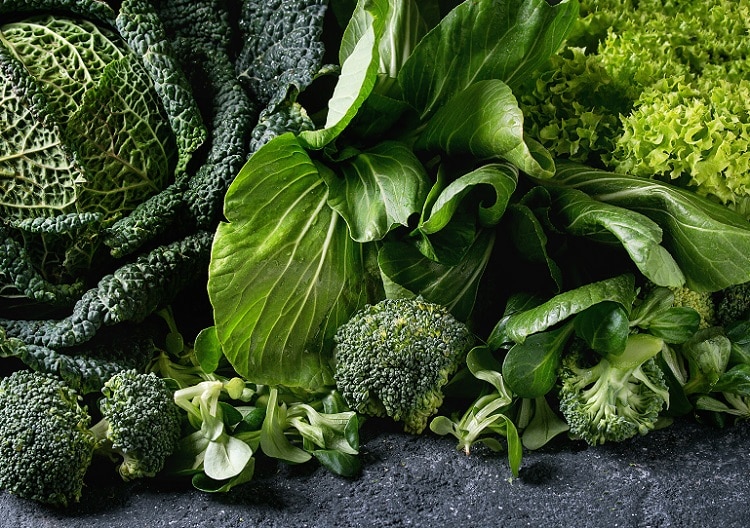
Leafy greens are loaded with fiber and Vitamins A, C, E and K. Kale, spinach, romaine and other leafy greens also contain many B vitamins, including folate. Leafy greens are also wonderful sources of carotenoids (plant pigment), antioxidants, magnesium and potassium.
Chester County Hospital registered dietitian Kimberly Knipe, RD, LDN, Coordinator of Community Nutrition and Outreach says, “With non-starchy vegetables, more is better. Eating three to four cups of raw leafy greens or one-and-a-half to two cups of cooked greens per week is ideal.”
Sounds like a lot, right? Getting them into the grocery cart is the first step in making good food choices that can create beautiful and bountiful dishes like salads, sides, snacks and easy add-ins to pastas, soups and stews. Greens are even great on pizza!
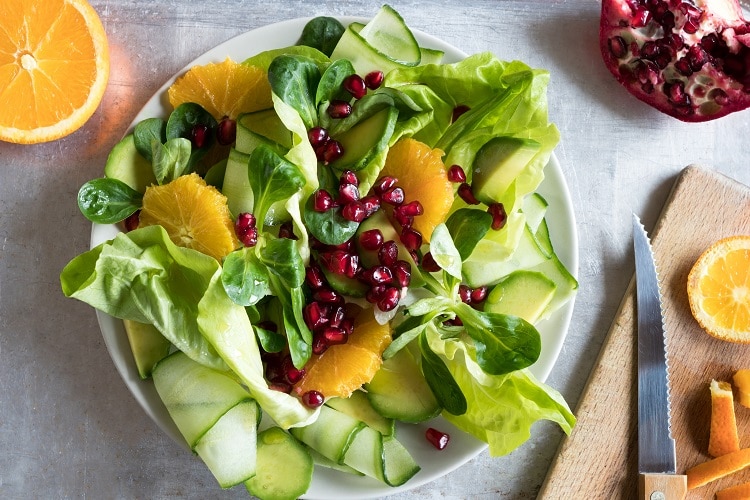
Ready to go green? Here is our definitive guide on how to shop for, store and prepare the tastiest greens you’ve ever had:
Five Greens to Know
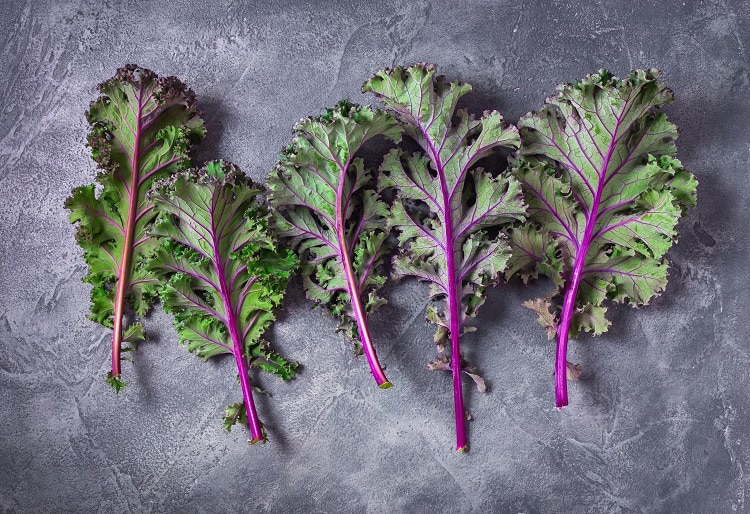
1. Kale: Of all of the leafy greens, kale is the leader of the trend pack. It’s a close relative to other brassicas like cabbage, broccoli, collards and Brussels sprouts. It’s even a source of calcium and is high in antioxidants. Most markets sell a few varieties of kale; the most popular are the standard curly kale and lacinato (sometimes called Tuscan) kale, which features longer, thinner leaves.
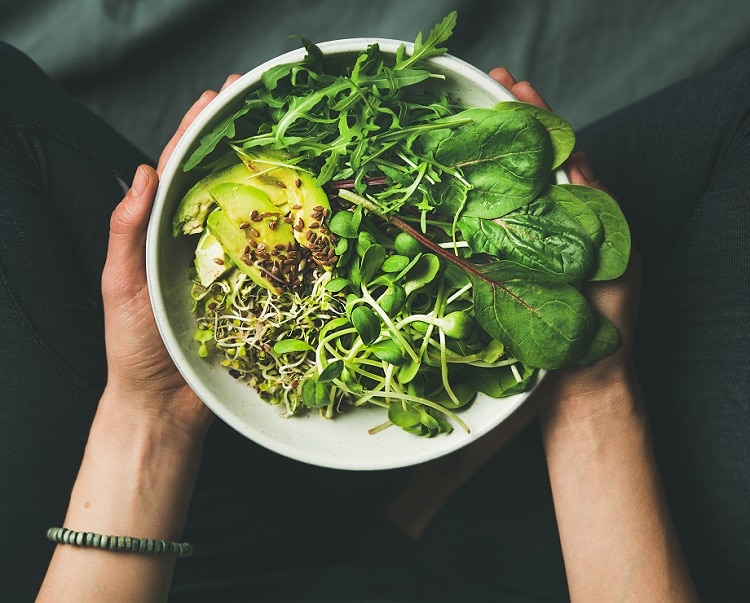
2. Spinach: Spinach, a longtime super-food favorite, is loaded with tons of nutrients wrapped in a low-calorie, iron-rich package. Knipe recommends combining Vitamin C-rich foods with plant iron to help to improve absorption. Mature spinach is best for cooked dishes, and baby spinach is best for salads and other fresh preparations.
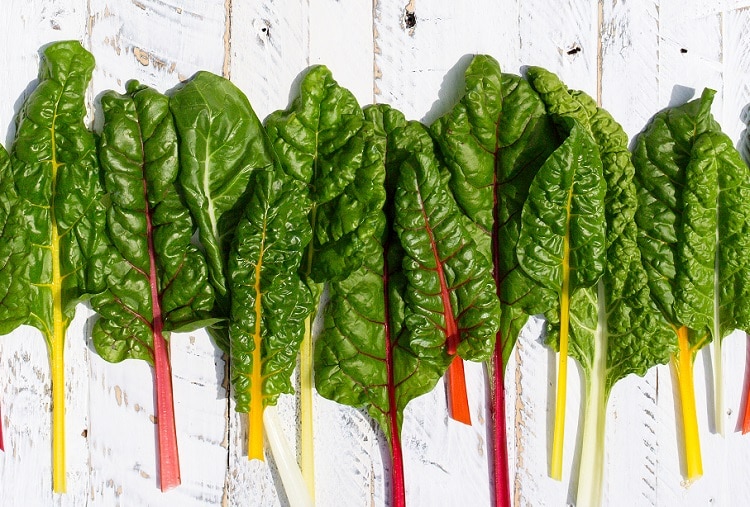
3. Swiss chard: This leafy green often plays a supporting role on the culinary stage, but it can also be the star in salad and soups. Common varieties are Swiss chard, red chard and lovely, multi-colored rainbow chard. Unlike other greens, chard stems are quite tender and can also be saved and cooked.
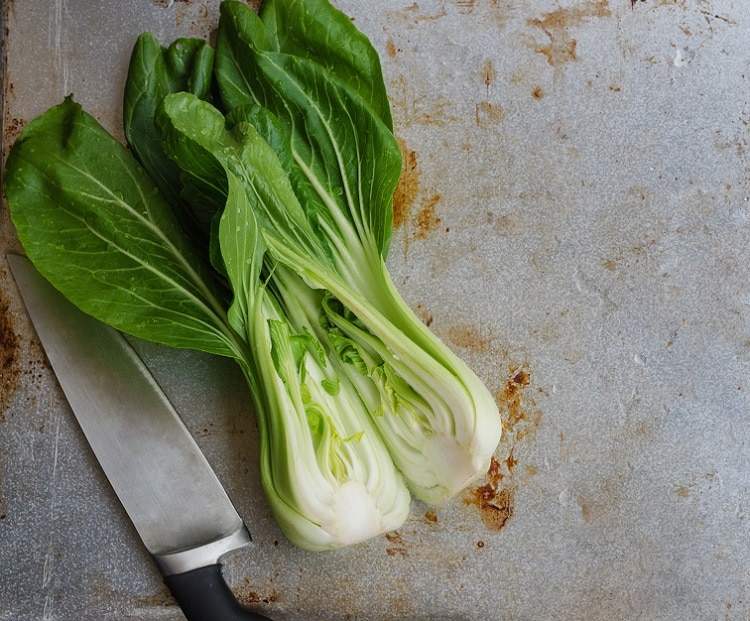
4. Bok choy: A staple in Asian cuisine, bok choy is fast becoming a regular in the American kitchen. It is a deep green leafy vegetable that resembles lettuce at the top and celery on the bottom. Its tender leaves and firm stalks are both edible. Bok choy is most well-known as the main ingredient in the zesty fermented Korean dish, kimchee. Bok choy is great steamed, eaten raw or tossed into a stir fry.
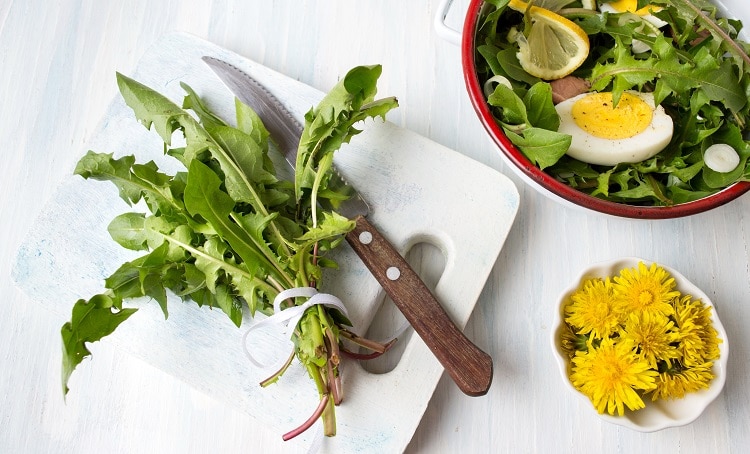
5. Dandelion greens: While they may not always be welcomed on the front lawn, these leafy greens are delicious and nutrient dense! With a peppery and bitter bite, try them mixed in a salad or in pasta.
What to Look for When Buying Fresh Greens
- Crisp, vibrant greens, free from yellow or brown marks.
- Avoid leaves that are filled with too many small holes.
- The leaves should be pert and not wilted.
- Be aware when buying pre-washed, bagged greens, like kale, that much of the product can be filled with very tough stems.
Storing Greens at Home
- Wash the greens with cold water and pat dry with a paper towel.
- Wrap the washed greens in a damp paper towel and store in an opened plastic bag in the vegetable crisper.
- Once ready to prepare, greens can be chopped, minced or shredded.
A Few Kale Tips
- Kale needs to be stripped from the main vein (stem). The stem can be tough and bitter, however, dicing and sauteeing the stem can add flavor to a soup or sauce. Some chefs use kale stems as an ingredient in mire poix, the flavorful veggie melange that usually includes onions, carrots and celery.
- A kale stripper can help improve stem removal from kale leaves. They can be found at any kitchen supply store.
- Kale loves a good massage! Eating kale raw is far more delicious when its leaves are broken into small bits, tossed with a bit of olive oil and then massaged on a cutting board in a “kneading” motion for a minute or two.
- Using a food dehydrator is a simple method for preparing kale chips.
Cooking Methods for Greens
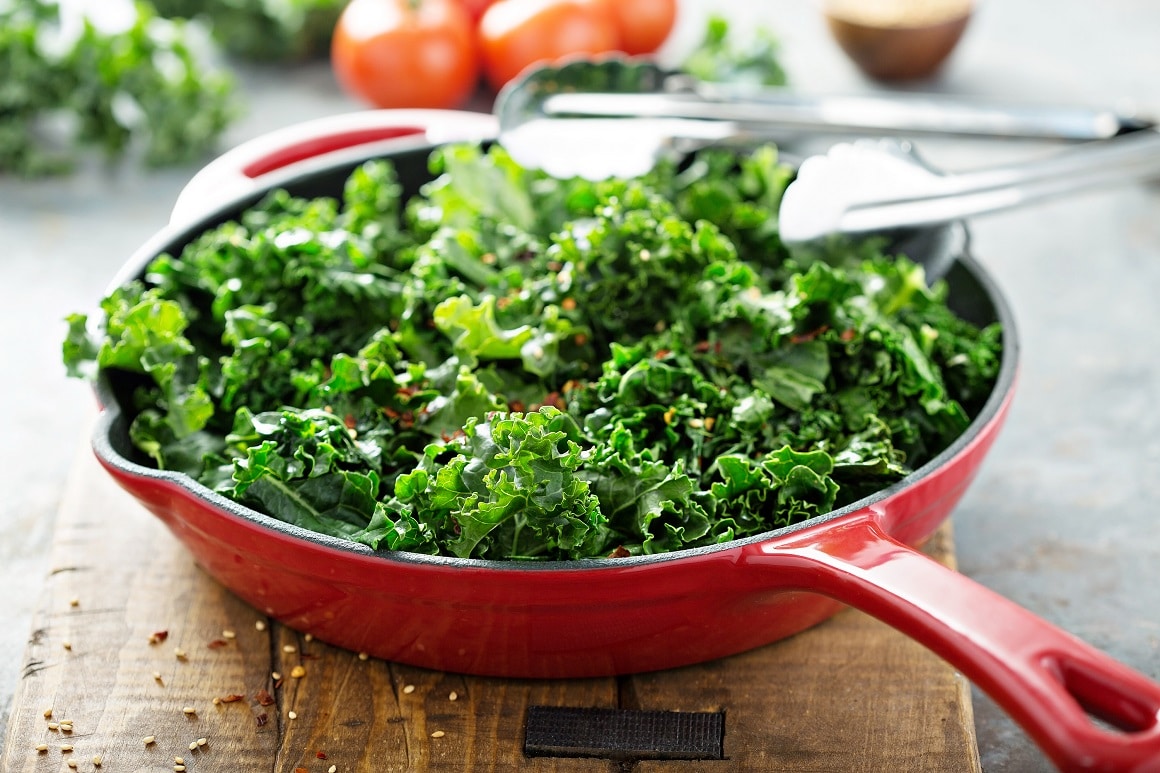
How you cook greens really matters. The wrong technique can affect flavor and the nutritional content of the food.
Knipe notes, “The vitamins and enzymes in leafy and cruciferous greens are sensitive to prolonged heat and liquid. Eating them raw or cooked using a quick-cook method preserves more of the good stuff.”
Try these methods:
- Flash Steam: Using a vegetable steamer set inside a pot filled with about two to three inches of water creates the perfect vapor for steaming. Cover the pot, and steam for no longer than three minutes.
- Grilled: There is nothing more delicious than grilled romaine lettuce. Use an outdoor grill, a panini grill or even a waffle iron. Season the lettuce, place it in the grill and cook for about three minutes. As it chars, it develops a sweet and smoky flavor.
- Saute: There are several methods you can use to saute, using either water or a cooking oil. Cooking greens is like an optical illusion, because they “cook down” quickly. Two cups of raw greens will provide a yield of one cup of cooked greens.
- Soups: Generally speaking, greens are added to soups during the last two minutes of cooking. Chopped or shredded greens in bite-sized pieces will work best.
- Pasta: Pasta can gain more nutrient density by adding three-to-four cups of chopped greens during the final two minutes of cooking pasta. This adds color, flavor and an added variety of vitamins and minerals.
- Raw: Aside from salads, raw greens are perfect for many things. For example, collard wraps are the new rage. Rather than using a tortilla or pita, use a whole collard leaf. Steam the leaf for about one minute, then compress the main vein with a kitchen tool handle so that it becomes more pliable. Collard wraps are very popular, especially at restaurants that feature raw cuisine. Collard leaves are also used to make sushi!
- Foods that are dehydrated are also considered raw. Food dehydrators range in cooking temps from 105 to 158 degrees. Conventional ovens can also be used, as long as the oven is set below 200 degrees.
When it comes to greens, don’t be intimidated! With the right greens and the right technique, getting to that three- or four-cup weekly goal is a snap. Knipe reminds us, “All of the these vitamins, minerals, and antioxidants are great for heart and bone health, and can be helpful in maintaining a healthy weight. Adding greens to your diet can also regulate the digestive tract, and prevent Type 2 diabetes, as well as some cancer.”
To stay on track with your health goals, upping your leafy green intake is the way to go! To learn more about nutrition and community outreach programs at the hospital, contact Kimberly Knipe, MBA, RD, LDN at (610) 738-2300.
Quick Recipe for Citrus-Kale Salad
This is a quick and easy recipe that is rich in flavor and will soon become a foodie favorite. It is filled with vibrant colors and textures.
Ingredients
- 1 bunch of kale, removed from stem, massaged (see above), and cut into bite-sized pieces
- 1 cup of red cabbage or radicchio, shredded
- 1 cup of raw carrots, shredded
- 1 cup of flat parsley, finely minced
- 1 small shallot, minced
- 1 clove of garlic, finely minced
- Juice of two freshly squeezed oranges
- 3 tablespoons of toasted sesame seeds (garnish)
Method
Mix all of the vegetables together in a salad bowl. Squeeze juice and dress salad. Mix well, and then garnish with the toasted sesame seeds.
Chester County Hospital is located at 701 E. Marshall Street in West Chester; phone: (610) 431-5000
- Photos: Bigstock

